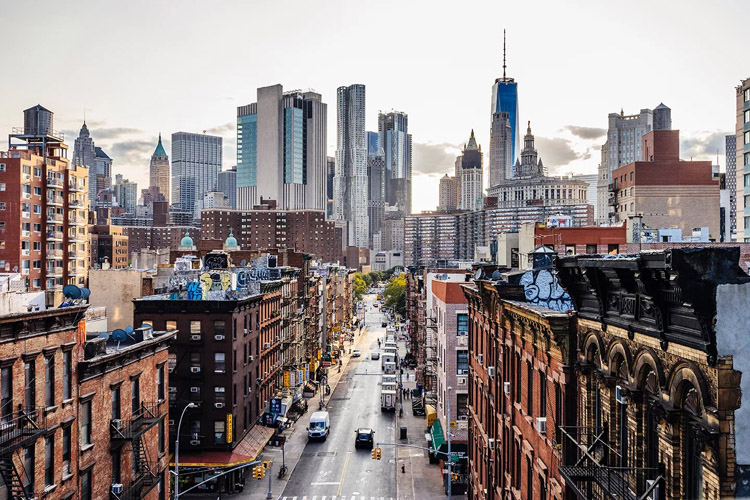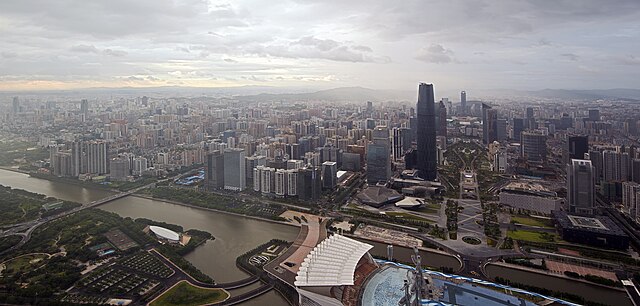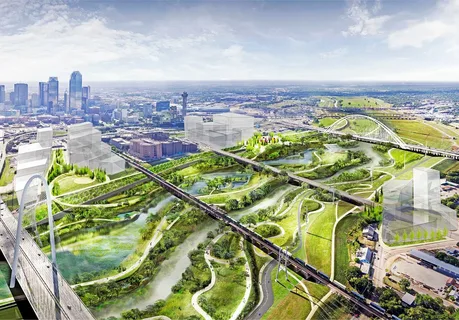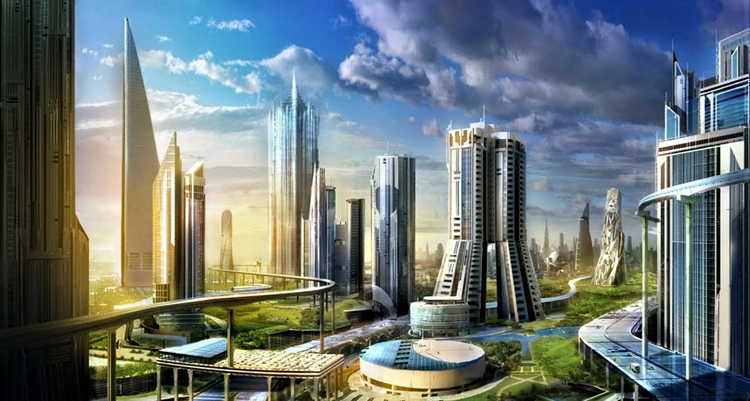New York City, the epitome of the American dream, stands as a testament to the relentless force of urbanization. From its humble beginnings as a Dutch trading post to its current status as a global economic powerhouse, the city has undergone unprecedented transformations.
Historical Roots of Urbanization
The story of New York City’s urbanization dates back to the early 17th century, when Dutch settlers established the trading post of New Amsterdam. The city’s strategic location, nestled along the Hudson River, facilitated trade and commerce, setting the stage for its urban development. As waves of immigrants arrived, seeking economic opportunities and a chance at a better life, the city’s population swelled.
The 19th century witnessed a rapid acceleration in urbanization as industrialization took hold. Factories sprang up, attracting a surge of migrants from rural areas. Due to the promise of jobs and prosperity, the once modest trading post grew into a bustling metropolis. The iconic skyline began to take shape with the construction of skyscrapers, a symbol of the city’s upward trajectory.
Challenges of Urbanization
While urbanization brought economic prosperity, it also brought a host of challenges. The city grappled with issues such as overcrowding, inadequate housing, and strained infrastructure. The tenement housing of the Lower East Side became synonymous with squalor and poverty, highlighting the dark underbelly of rapid urbanization. Challenges intensified with the influx of diverse communities, each contributing to the vibrant tapestry of New York City but also straining resources and infrastructure.
As the city expanded, so did the demand for services. Transportation became a critical issue, with crowded streets and outdated transit systems struggling to keep pace with the burgeoning population.
Innovations in Urban Planning
New York City responded to the challenges of urbanization with a series of innovative urban planning initiatives. The introduction of zoning regulations in the early 20th century aimed to bring order to the chaotic cityscape. This marked the beginning of a concerted effort to organize the city into distinct zones, separating residential, commercial, and industrial areas.

The construction of iconic bridges and tunnels, such as the Brooklyn Bridge and the Holland Tunnel, not only facilitated movement within the city but also connected it to neighboring regions. The visionary city planner Robert Moses played a pivotal role in shaping the city’s infrastructure, overseeing the development of parks, highways, and public housing projects. While his legacy is contentious, Moses’s impact on the physical landscape of New York City is undeniable.
The post-World War II era saw the rise of modernist urban planning, with ambitious projects like the development of Stuyvesant Town and the construction of the United Nations headquarters. These initiatives aimed to address housing shortages and create a more organized and efficient urban environment.
Gentrification and its Impacts
The latter half of the 20th century and the early 21st century witnessed a new chapter in the story of New York City’s urbanization—gentrification. Once-neglected neighborhoods underwent revitalization, attracting a wealthier demographic. While gentrification brought economic rejuvenation to many areas, it also raised concerns about the displacement of longtime residents and the erosion of the city’s cultural diversity.
Harlem, once the epicenter of the Harlem Renaissance, became a focal point of gentrification, symbolizing the tension between preservation and progress. The High Line, a disused elevated railway transformed into an urban park, exemplifies the city’s ability to repurpose spaces creatively. However, it also reflects the broader trend of catering to wealthier residents at the expense of affordability for the general population.
Resilience in the Face of Challenges
New York City’s ability to adapt and innovate in the face of urban challenges is a testament to its resilience. The city faced its most significant test in the form of the 9/11 terrorist attacks, which not only shook its foundations but also sparked a renewed commitment to rebuilding and resilience. The construction of the One World Trade Center and the revitalization of the surrounding area demonstrated the city’s determination to rise from the ashes stronger than ever.
Similarly, the aftermath of Hurricane Sandy in 2012 highlighted the vulnerability of coastal cities to climate change. The city responded with initiatives to bolster its resilience against future climate-related threats, including the implementation of waterfront infrastructure improvements and the development of sustainable building practices.
New York City’s journey through urbanization is a dynamic narrative of growth, challenges, and innovation. From the early days of Dutch settlers to the present, the city has continually transformed itself, facing and overcoming numerous obstacles. The story of New York City’s urbanization is not just a historical account but a living, breathing testament to the resilience, adaptability, and tenacity of urban environments.
As the city looks toward the future, the challenges of affordable housing, sustainable development, and equitable growth remain at the forefront. The lessons learned from the past must guide the way forward, fostering a city that not only thrives economically but also maintains its cultural richness and inclusivity. New York City’s urbanization journey serves as both a cautionary tale and a source of inspiration for cities around the world navigating the complex terrain of urban development in the 21st century.



